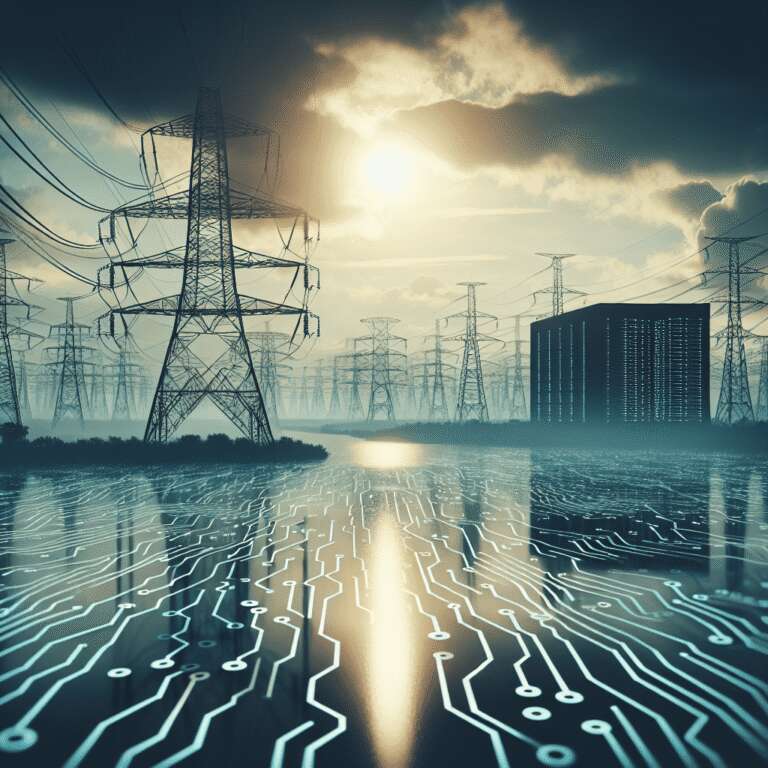As demand for artificial intelligence surges, concerns mount across energy, technology, and climate communities about whether there will be sufficient clean electricity and adequate water resources to power and cool the data centers driving this technological revolution. While these concerns tap into broader anxieties over meeting future climate targets, they also underscore the need to address infrastructure and policy solutions promptly so as not to derail broader efforts at electrification and decarbonization.
The technological advancements spurred by improvements in computing power, such as the cost-effective proliferation of graphics processing units (GPUs), initially helped allay fears of runaway electricity usage in the early 2010s, enabling global computing capability to grow by 550% between 2010 and 2018 with only modest energy increases. However, the late 2010s marked a turning point: as artificial intelligence models grew larger and more energy-intensive, the demand for electricity from data centers began accelerating. By 2024, data centers account for 4.4% of US electricity demand—up from 1.9% in 2018—with certain states like Virginia experiencing even higher concentrations.
Projections vary, but some estimates foresee data centers consuming between 6% and 12% of US electricity by 2028. While electric vehicles and building electrification are expected to comprise the majority of new grid demand, the sharp, localized growth in artificial intelligence-related data centers presents the most urgent near-term challenge. Beyond energy use, the critical question is whether the emissions and resource consumption linked to artificial intelligence will yield broader environmental or societal benefits, from power grid improvements to cleaner technology breakthroughs.
Meeting these challenges requires a comprehensive approach, including public-private investment in clean energy supply, transmission upgrades, demand management, and transparency in energy use by technology companies. Recommendations include fast-track connections for clean data centers, infrastructure bank investments, incentives for green computing, and a commitment to ethical and climate-safe artificial intelligence guided by standards like the White House’s Blueprint for an AI Bill of Rights—with a proposed climate amendment. Ultimately, the rapid energy growth in artificial intelligence offers a crucial test for the nation’s ability to manage electrification responsibly. Failure to address it could compromise climate goals for decades to come.

